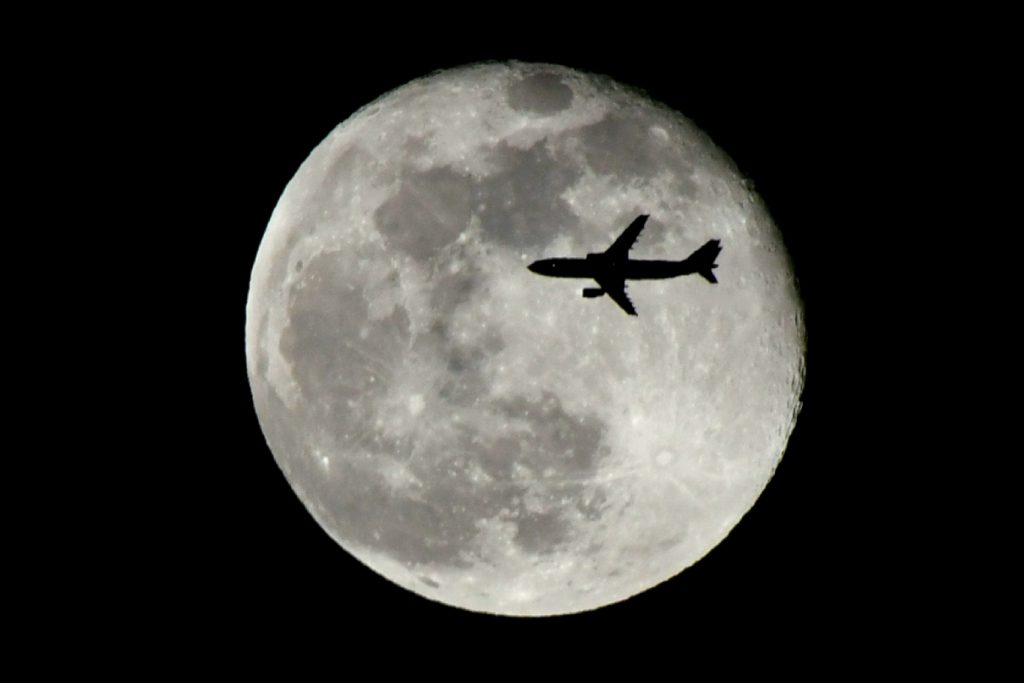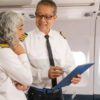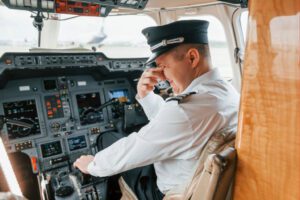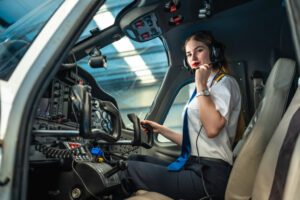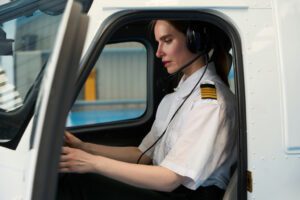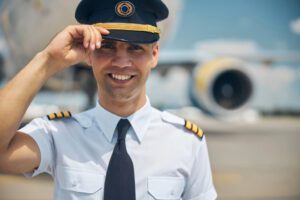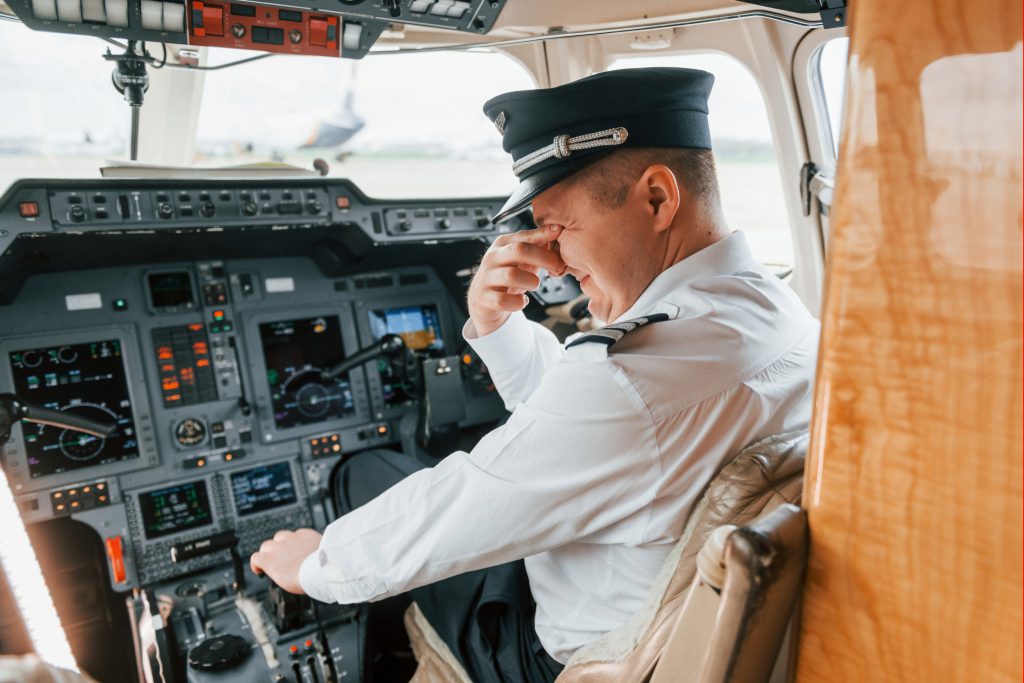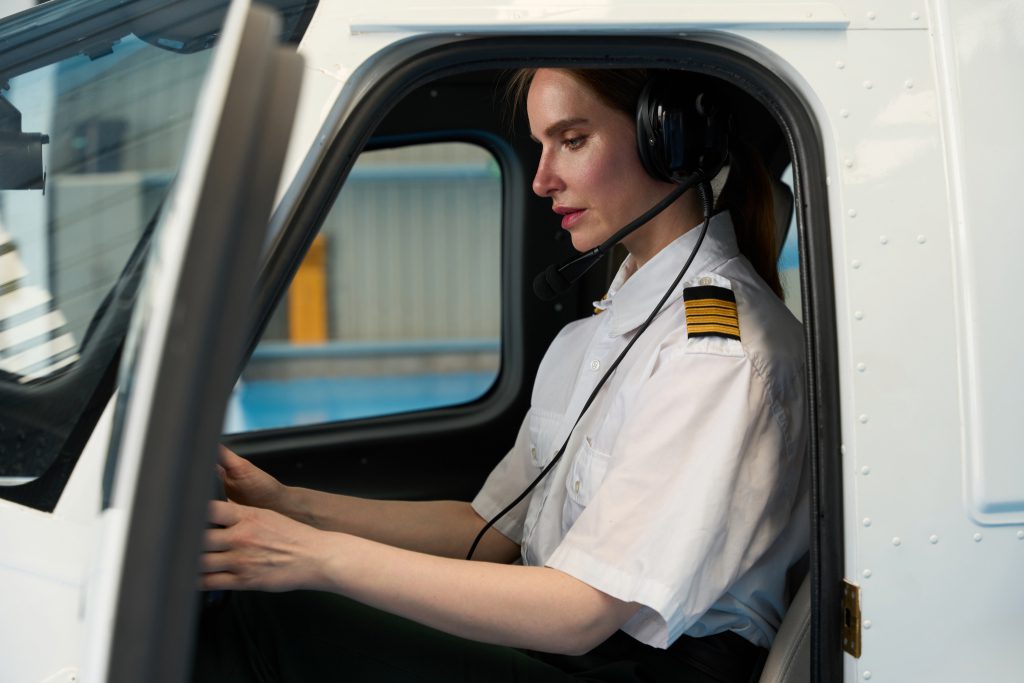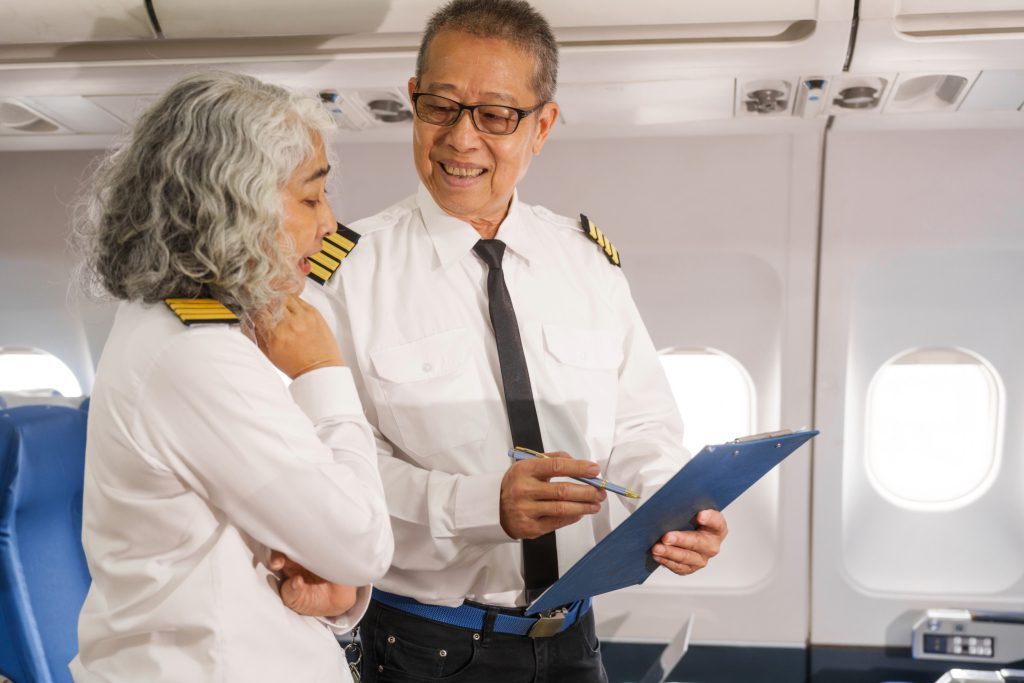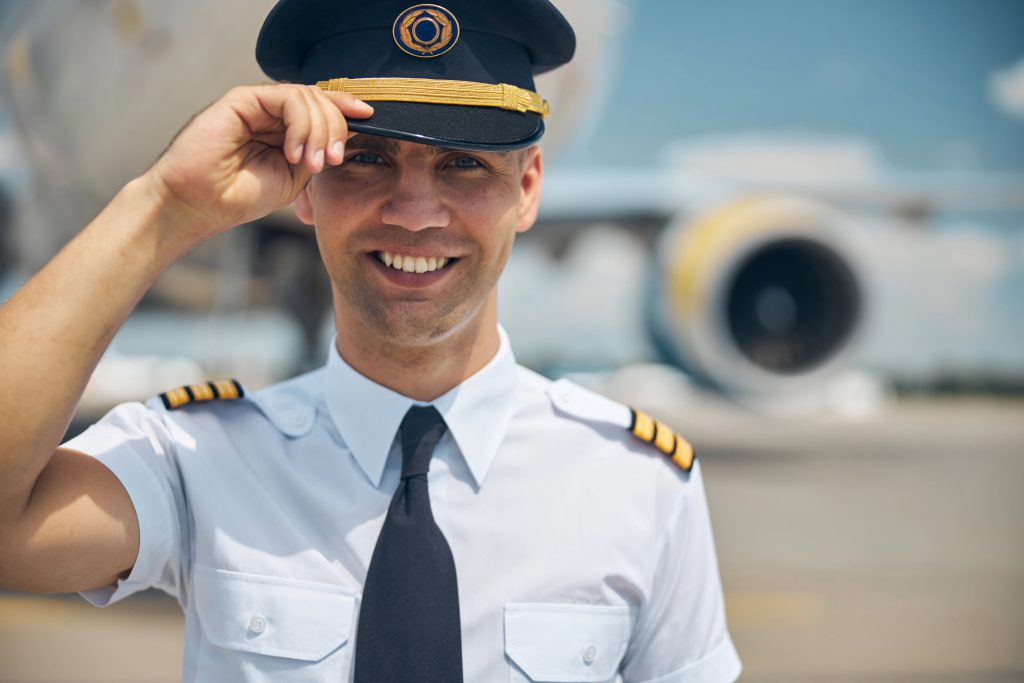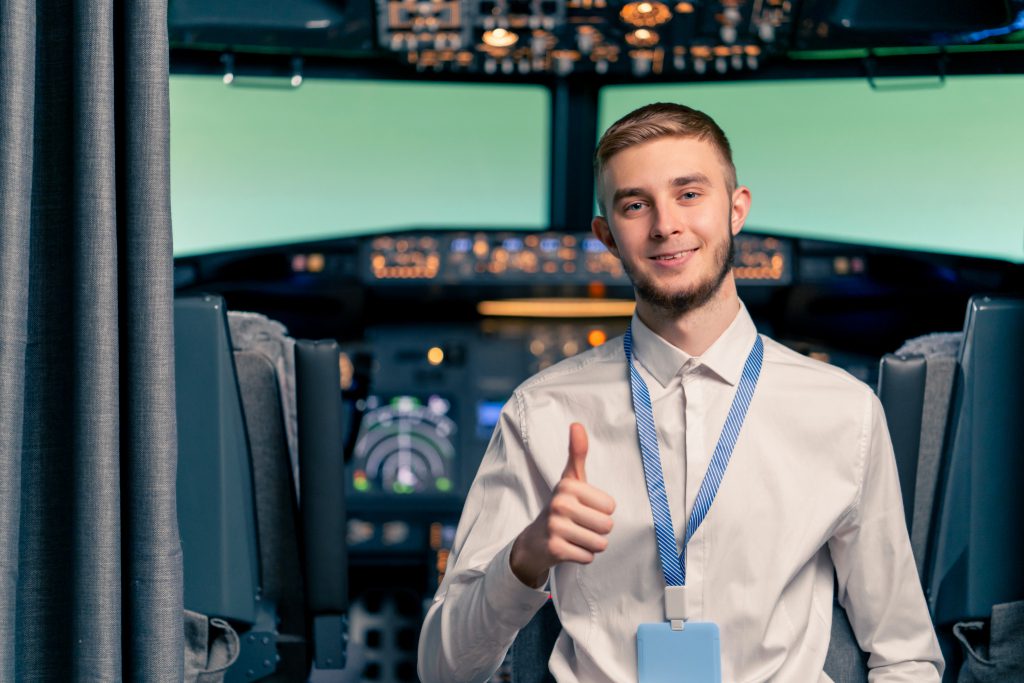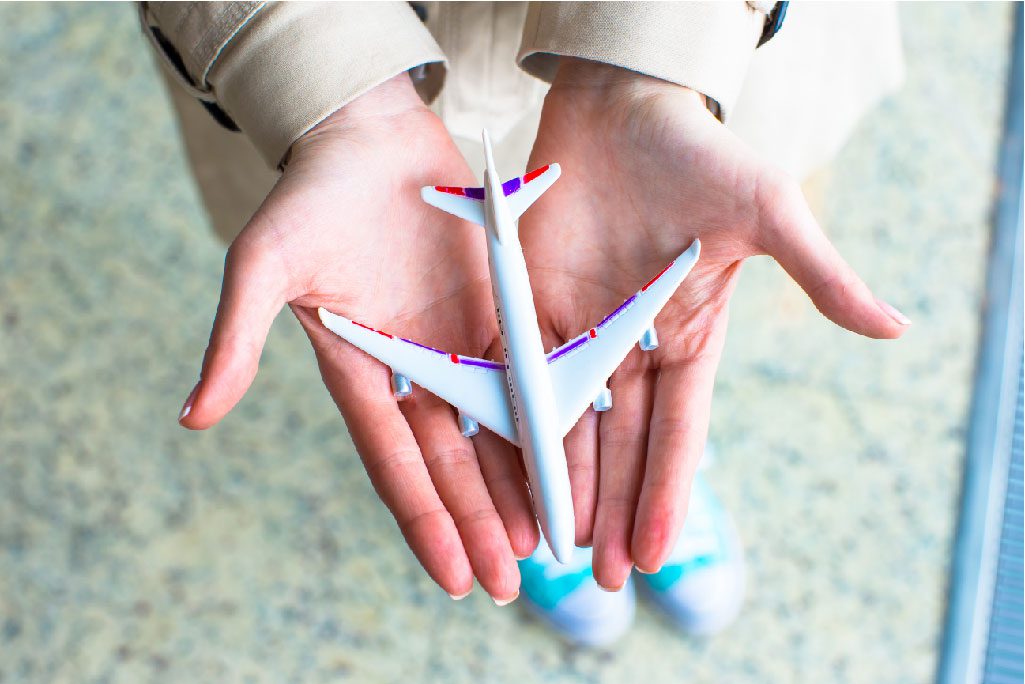For future airline pilots, each stage of training is meant to develop specific skills you would use in a real work setting, including at an airline. Night Rating is one of the most important milestones to reach. It might feel like a checkmark to clear after your PPL, but night flying is very important because it builds critical competencies that airline pilots utilize routinely.
In this article, we will look at the Night Rating training, how it equips you for actual airline operations, and the importance it plays in the steps that lead to the cockpit.
What is Night Rating Training?
Flying under Visual Flight Rules (VFR) at night requires a Night Rating. As is the case for other ratings, training consists of the following components:
- At least 5 hours of night flight training (specific to each country and their regulations).
- Dual instruction for takeoffs, landings, and navigation in the dark.
- Solo night flying, often including at least five solo takeoffs and landings.
- Training for night flight spatial disorientation and night flight illusions.
- While this course may seem brief, the development of skills that will be acquired will be very important to a pilot.

The Challenges of Flying at Night
For airline pilots, battling with the hurdles of flying during the night is a problem they have to face on a regular basis. These include:
Limited external references: With visual references to the outside of the aircraft being low, pilots have to rely on their instruments more and more.
Perception issues: Approaches from space, nonexistent horizons, and low spatial interpretation can lead to an aircraft being misled to a certain degree.
Increased tasks: Tasks like radio communication, navigation, and monitoring of the approach invariably become more intensive during low visibility.
Tiredness: Operating during late hours of the day or overnight introduces several issues to do with human performance.
With Night Rating training, student pilots have the chance to encounter the difficulties of flying at night within a controlled environment. This allows them to prepare for the professional requirements that they will come across when flying with an airline.
Building Core Airline Skills Through Night Flying
Instrument Reliance: This phrase is used to show how a pilot can navigate an aircraft from the skies without any outside references, like the horizon. Reliability on instruments ensures safety and is a must for airline pilots, as they are expected to fly, land, and navigate during clouds, at night, or in poor visibility weather, which is routine for them.
Overall Awareness: When flying at night, a pilot is expected to keep the aircraft at a certain altitude, altitude, and heading. For a pilot, he is also expected to keep a hold of several navigation tools at the same time. For a pilot, flying during the nighttime is a good way to train night time awareness, allowing sila to be more aware of several factors at the same time.
Precision Approaches and Landings: Staying within the airline-standard approach lines during landings is more challenging during the night due to the need for heightened precision. During training, you learn to adapt to light systems, slope indicators like PAPI/VASI, and runway illusions to prepare you for proper airline approaches.
Human Factors Awareness: Fatigue and changes in circadian rhythm are the reality for any airline pilot. During night training, pilots learn the physical and psychological shifts they experience when flying to better prepare them for the mentally taxing night shifts with irregular hours.
Confidence and Professionalism: The transition from flying as a hobby to a commercial pilot is easier after completing a Night Rating as it builds confidence in challenging situations, which is a requirement in the professional aviation world.
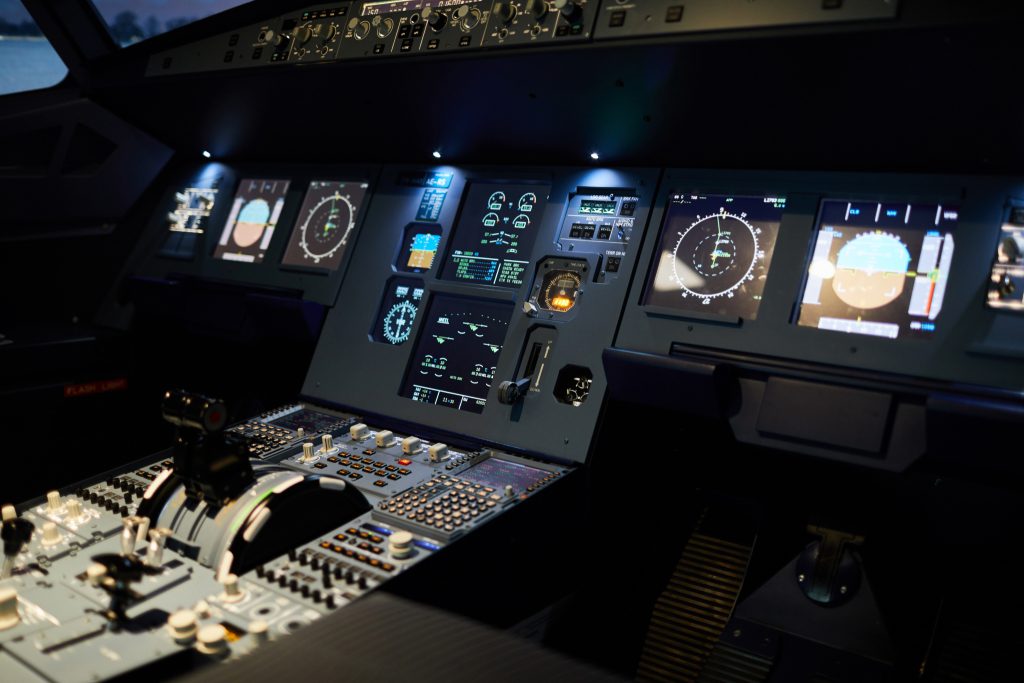
Night Rating as a Stepping Stone to Advanced Training
Night Rating is more than just a box to tick, it’s a stepping stone to further training like:
Instrument Rating (IR): Night time skills are particularly useful for instrument flying, where all reliance is on cockpit instruments.
Commercial Pilot License (CPL): CPL applicants with strong night flying experience are especially sought after by many airlines, since it is a commonplace operational reality.
Multi-crew and airline operations: Competence in night flying is essential for nearly all commercial flights, which involve at least one leg flown after sunset.
Final Thoughts
For future aviators, Night Rating training is a key step from basic flying to more advanced airline operations. It teaches you to fly with precision, manage human factors, and rely on performance, as airline captains do on a daily basis.
In 2025, airlines will be hiring thousands of new pilots around the world. Those who are proficient in night flying will have a head start in mastering the many challenges of commercial flying.

